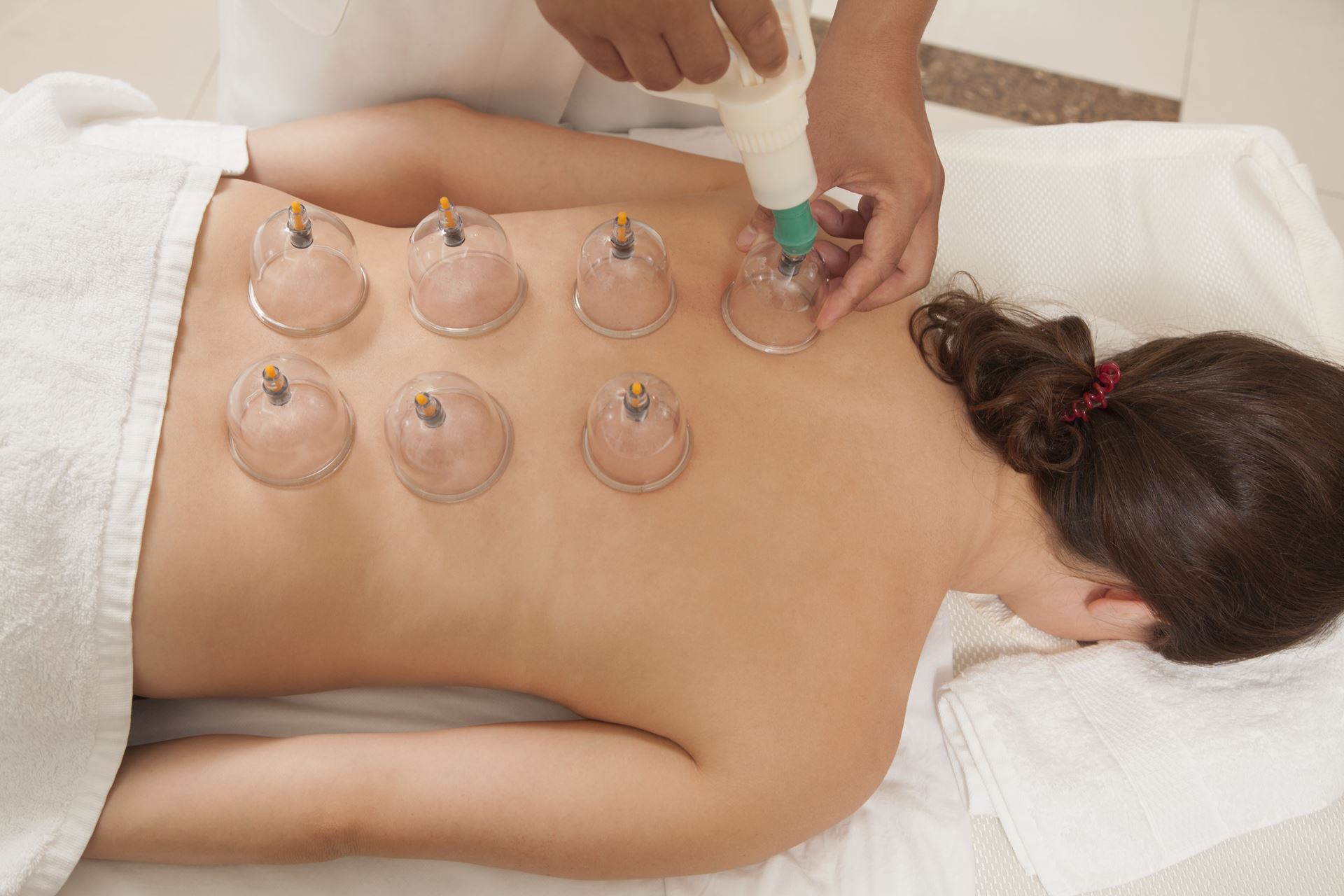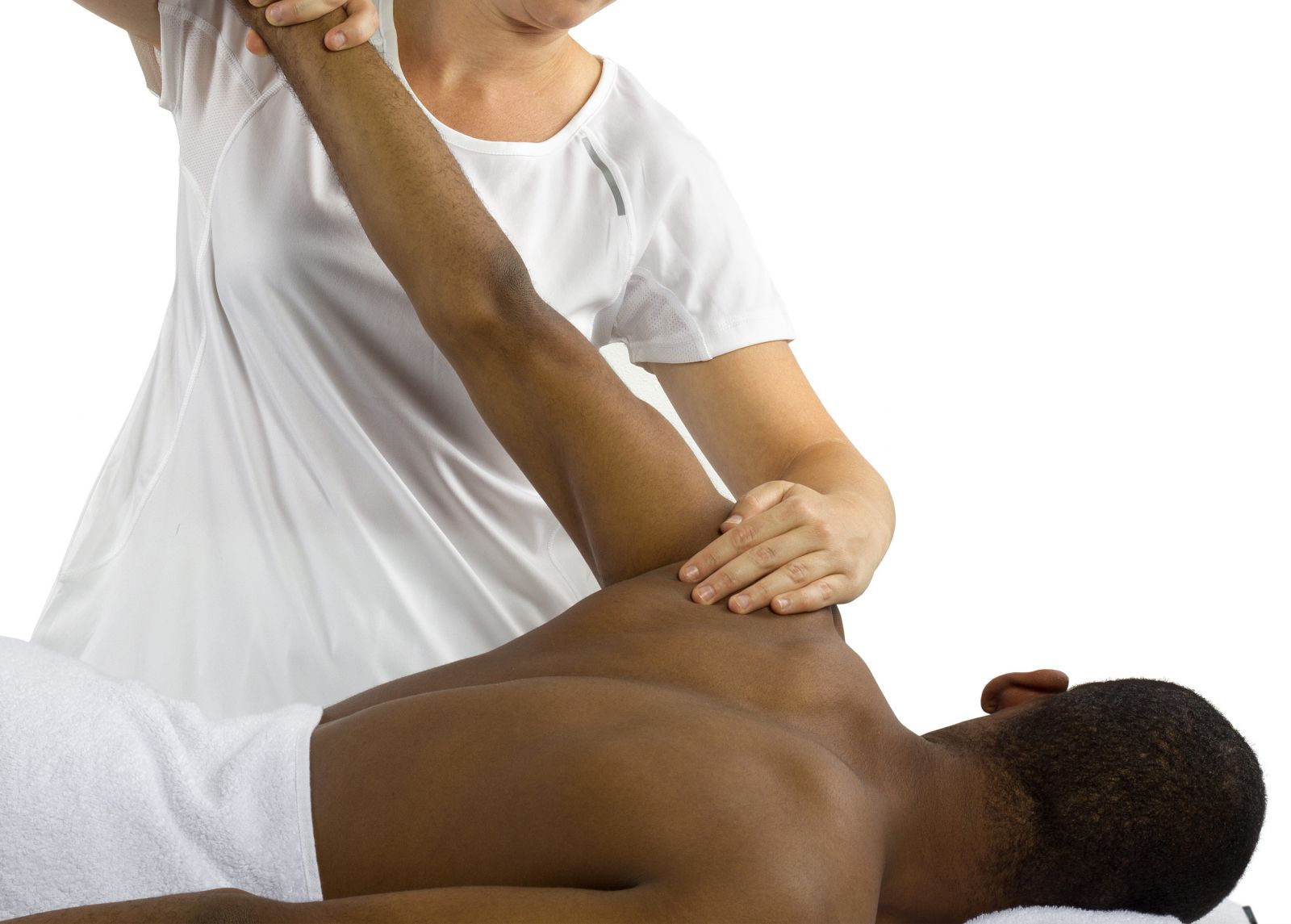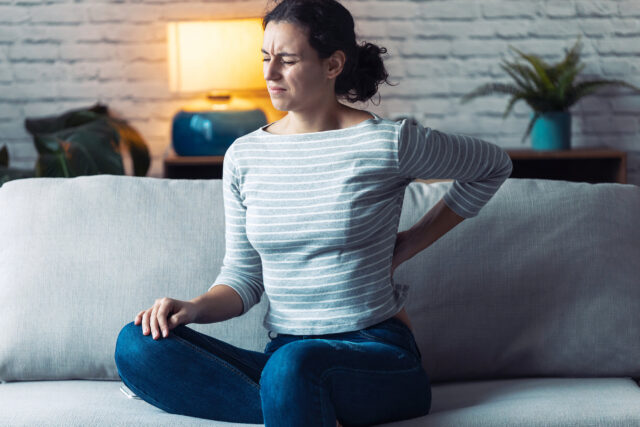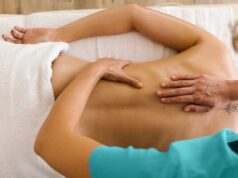Sitting all day might seem like a simple, harmless routine, but it’s anything but. Over time, staying glued to your chair can lead to a host of physical issues—tight muscles, stiff joints, and that dreaded lower back pain. The good news? Massage therapy can be a game-changer for those aches and pains.
But not all massages are created equal, especially if you spend most of your day sitting. To get the most out of your sessions, you need to know what works best for your specific needs.
Why Sitting All Day Wreaks Havoc on Your Body

When you sit for long periods, your muscles, especially in the back, shoulders, and hips, start to stiffen and shorten. Your posture also tends to suffer, leading to slouched shoulders and a curved spine. Over time, this can cause chronic pain and even lead to more serious conditions like sciatica or carpal tunnel syndrome. Swedish massage (스웨디시), for example, can help you get rid of this pain.
How Massage Can Help
Massage therapy isn’t just about relaxation—it’s about resetting your body. By targeting the muscles and tissues affected by prolonged sitting, massage can help:
- Relieve Muscle Tension: Massages help to release tightness in muscles, especially in the back, neck, and shoulders, which are most affected by sitting.
- Improve Circulation: Sitting restricts blood flow, but massages help get the blood moving again, bringing oxygen and nutrients to your tissues.
- Boost Flexibility: Regular massages can improve the range of motion in your joints, making it easier to stretch and move without pain.
- Enhance Posture: By loosening up the muscles that cause poor posture, massages can help you sit and stand taller.
Choosing the Right Type of Massage

Not all massages are created equal. Here are some of the best types for people who sit all day:
1. Swedish Massages
Swedish massage is one of the most common types of massages, and for good reason. It uses long, gliding strokes to increase circulation and relieve tension. This type is great for general relaxation and can help ease the discomfort caused by sitting.
2. Deep Tissue Massages
If you’ve got knots that just won’t quit, a deep tissue massage might be what you need. This technique uses more pressure to target deeper layers of muscle and connective tissue. It’s particularly useful for chronic aches and pains in areas like the lower back, neck, and shoulders.
3. Trigger Point Therapy
Trigger points are specific areas of muscle that are especially tight or painful, often due to prolonged sitting or poor posture. Trigger point therapy focuses on these areas, applying pressure to release the tension and alleviate pain.
4. Myofascial Release
Myofascial release focuses on the fascia, the connective tissue that surrounds your muscles. When you sit all day, your fascia can become stiff and restricted. Myofascial release helps to loosen these restrictions, improving flexibility and reducing pain.
Best Practices for Getting the Most Out of Your Session
Now that you know what kind of massage to get, here’s how to make sure you get the most out of it:
1. Communicate with Your Therapist
Your therapist isn’t a mind reader. Be clear about your pain points and what you hope to achieve from the session. If you sit all day, mention it—this will help the therapist focus on the areas that need the most attention.
2. Stay Hydrated

Massages can release toxins from your muscles, so it’s important to drink plenty of water before and after your session. Staying hydrated helps to flush these toxins out of your system, reducing the likelihood of post-massage soreness.
3. Incorporate Regular Stretching
Massage is great, but it’s not a cure-all. To maintain its benefits, incorporate regular stretching into your daily routine. Focus on stretches that target the muscles most affected by sitting, like your hamstrings, hip flexors, and lower back.
4. Don’t Skip Your Warm-Up
Before you head to your appointment, do a light warm-up to get your blood flowing. This could be as simple as a brisk walk or a few minutes of light stretching. Warming up helps to prepare your muscles for the massage, making it more effective.
5. Schedule Regular Sessions
One massage is better than none, but regular sessions can provide more consistent relief. If you sit all day, consider scheduling a session every few weeks to keep your muscles in top shape.
Simple Stretches to Complement Your Massage

To extend the benefits of your massage, incorporate these simple stretches into your daily routine:
1. Chest Stretch
Stand in a doorway with your arms at shoulder height, elbows bent at 90 degrees. Place your forearms on the doorframe and gently lean forward until you feel a stretch in your chest. Hold for 30 seconds.
2. Hip Flexor Stretch
Kneel on one knee, with the other foot in front of you, forming a 90-degree angle. Push your hips forward until you feel a stretch in your hip flexor. Hold for 30 seconds, then switch sides.
3. Hamstring Stretch
Sit on the edge of your chair with one leg extended straight out in front of you. Keeping your back straight, lean forward from your hips until you feel a stretch in your hamstring. Hold for 30 seconds, then switch legs.
4. Neck Stretch
Sit up straight in your chair. Gently tilt your head to one side, bringing your ear toward your shoulder. Hold for 30 seconds, then switch sides.
When to Avoid a Massage
While massagse can be incredibly beneficial, there are times when it’s best to skip it:
- Open Wounds or Skin Infections: Massages can worsen these conditions or spread infection.
- Recent Surgeries or Injuries: If you’ve recently had surgery or suffered an injury, check with your doctor before getting a massage.
- Fever or Illness: If you’re feeling under the weather, it’s best to reschedule your session for when you’re feeling better.
Conclusion
If you spend your days sitting at a desk, a regular massage can be a powerful tool in your wellness arsenal. By choosing the right type, communicating with your therapist, and complementing your sessions with stretching, you can keep those aches and pains at bay.







